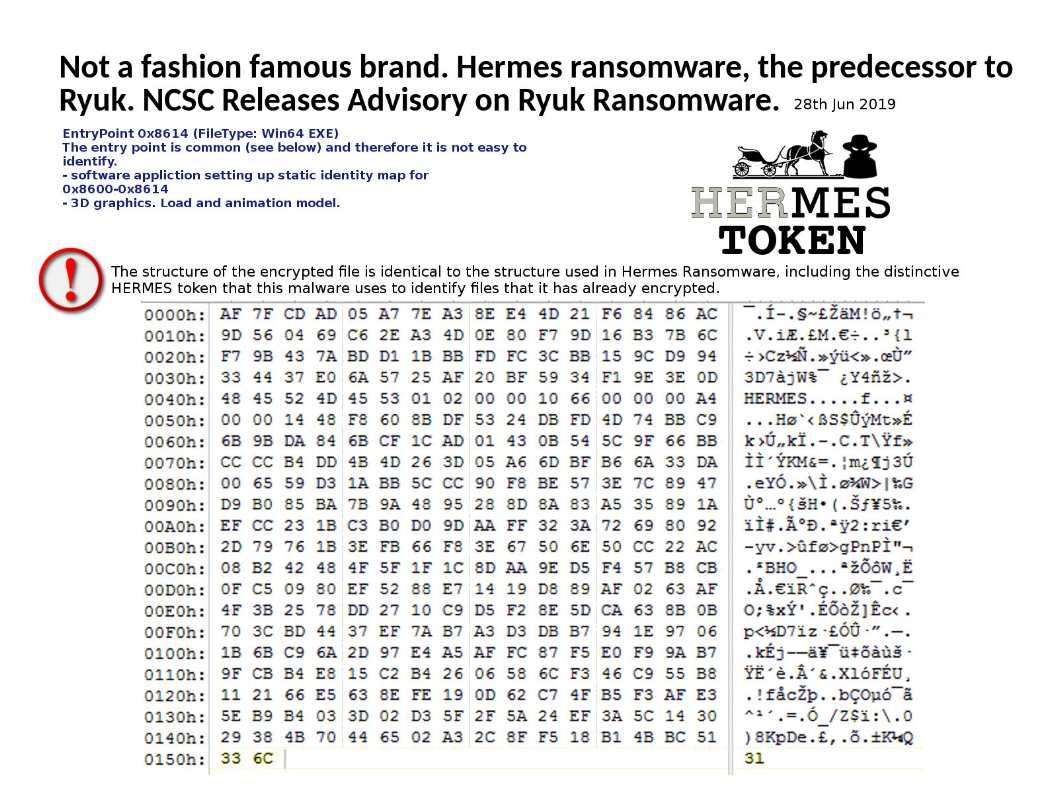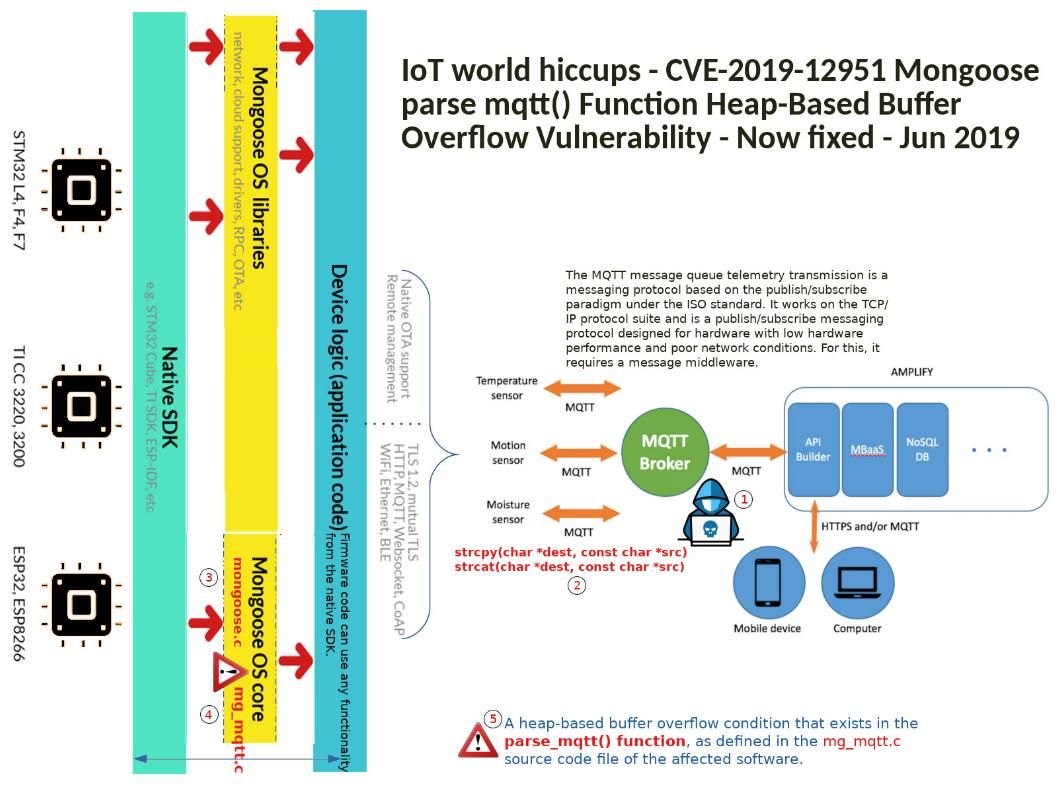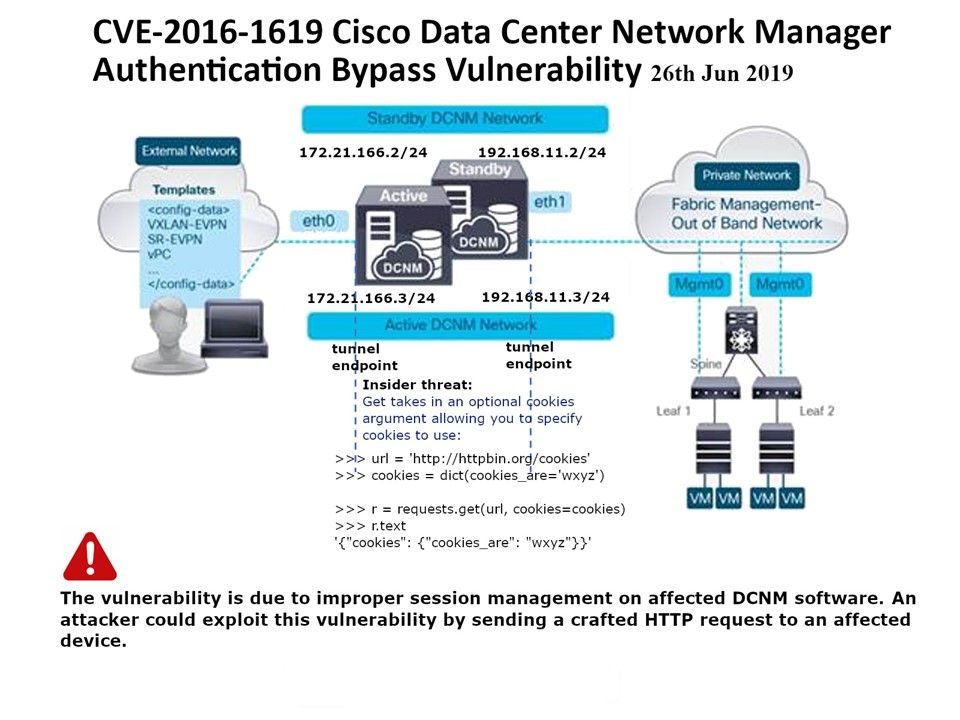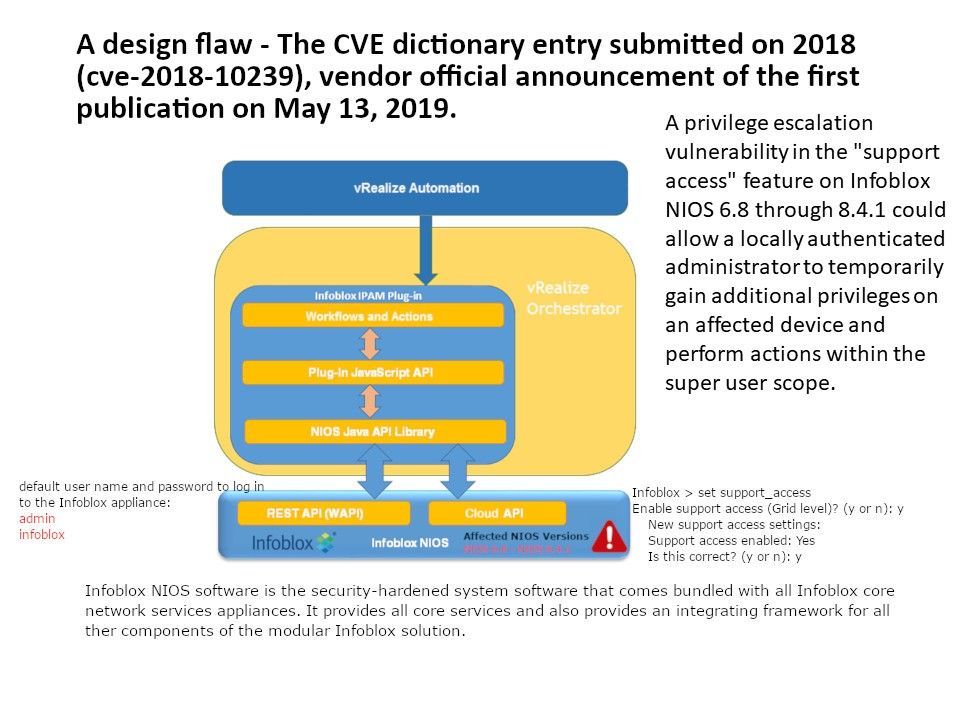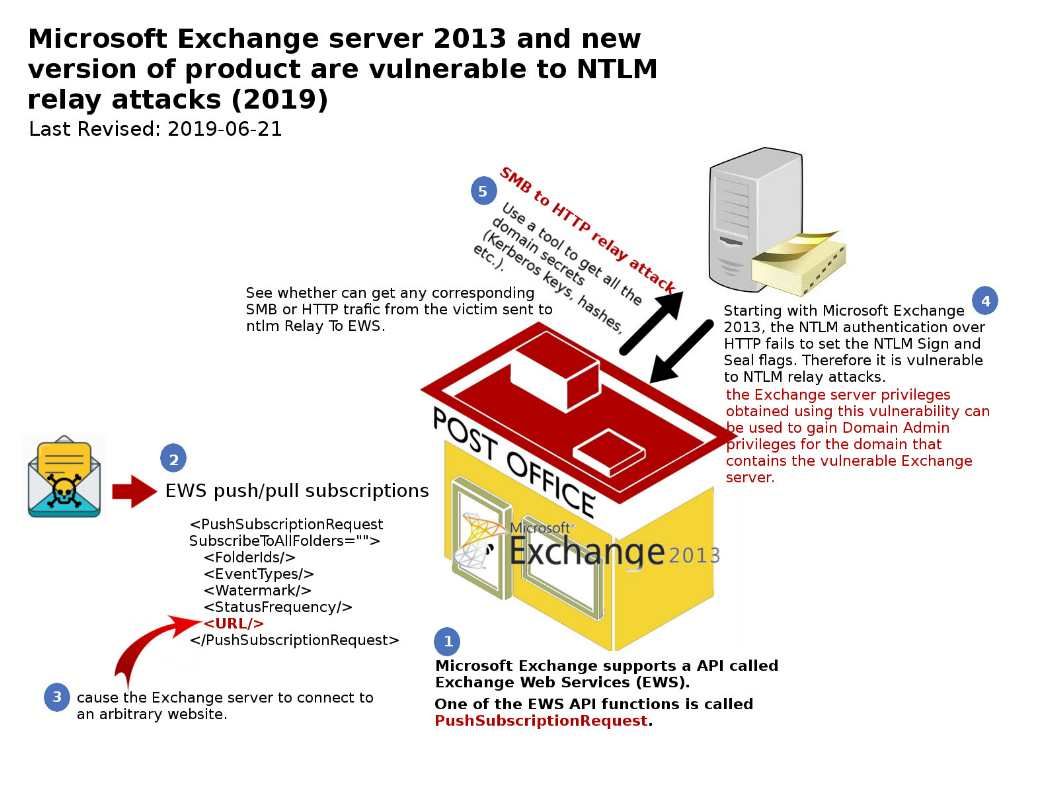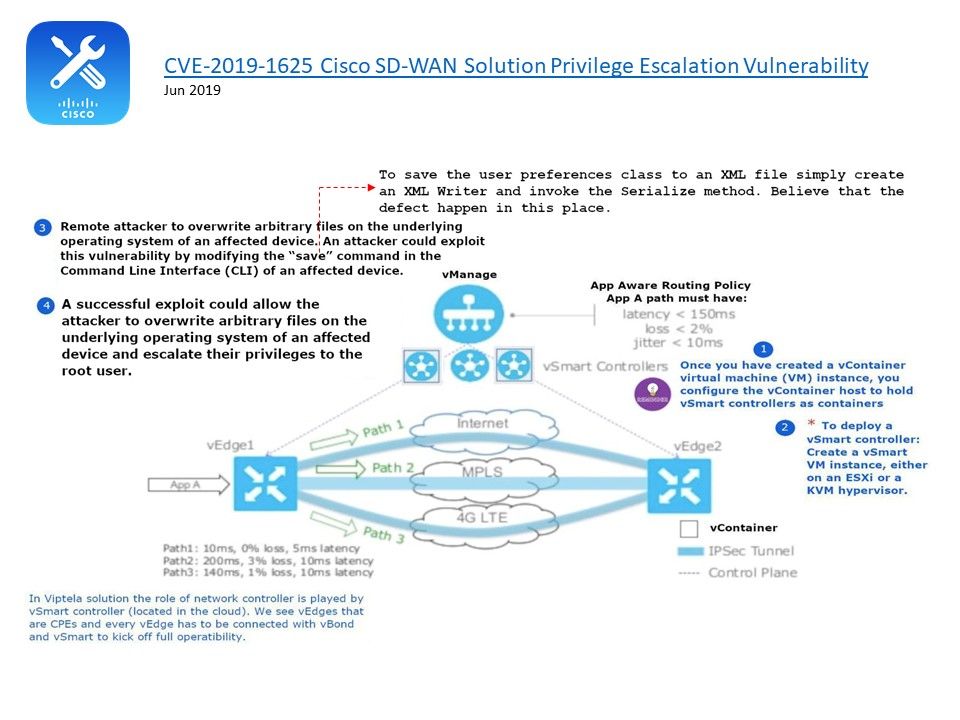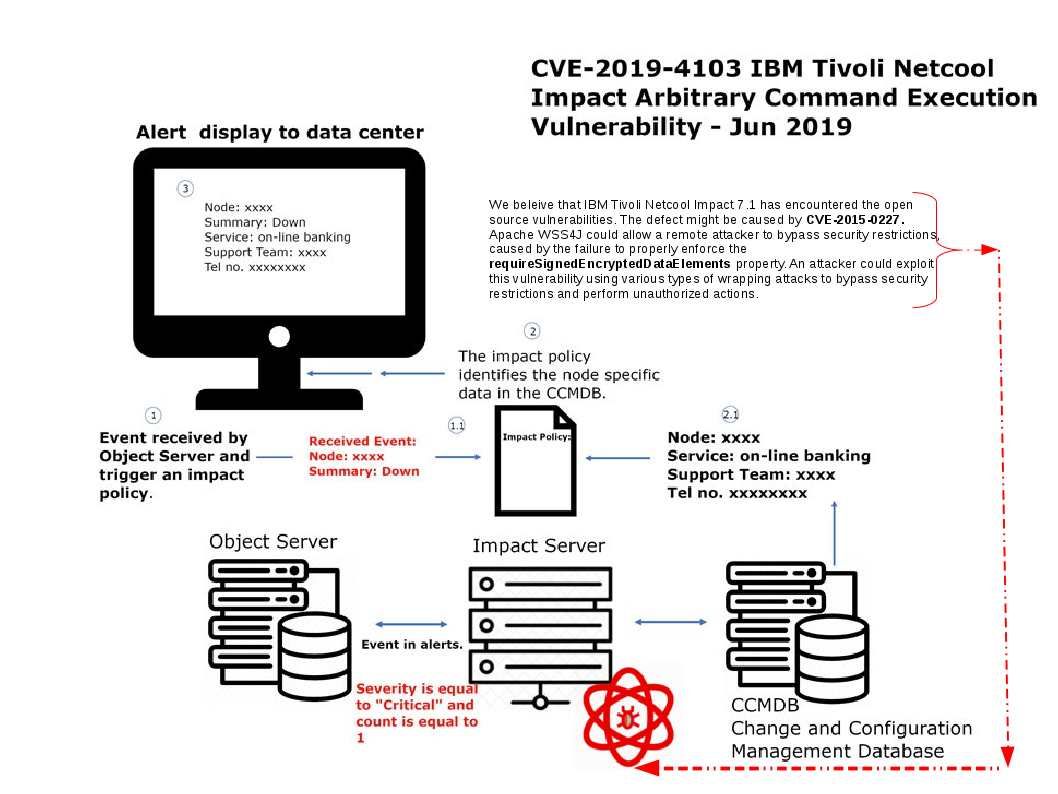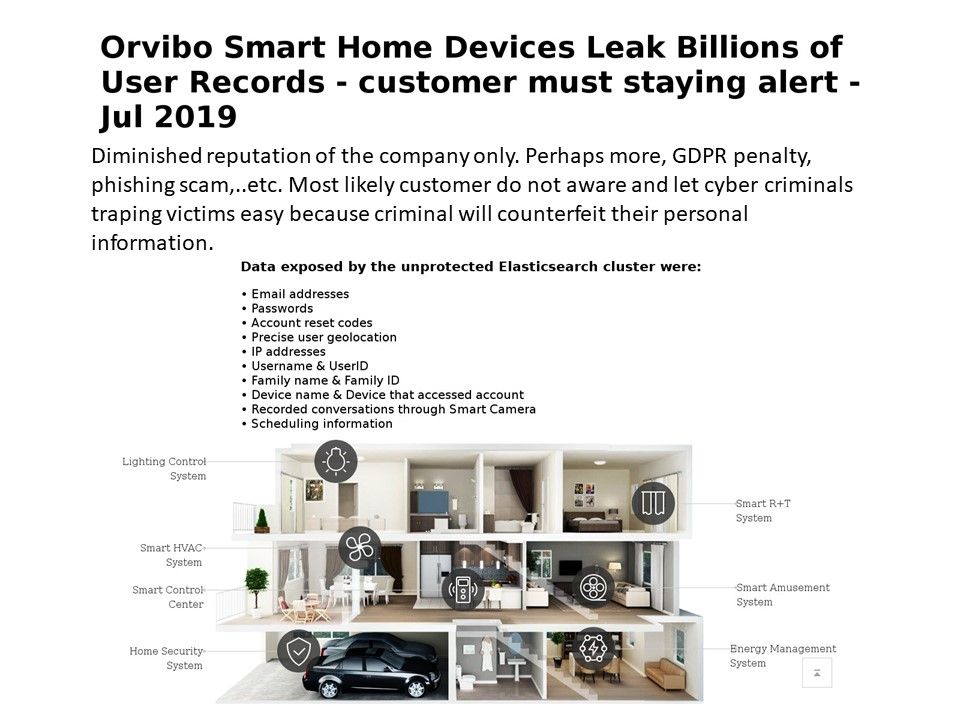
Preface: If victim is not negligence. Can we give an excuse to him?
Company background: Orvibo, a Chinese smart home solutions provider.
Story begin: A technical report shown to the world that Orvibo (ElasticSearch cluster) leaked more than two billion user logs containing sensitive data of customers from countries all over the world.
Does the admin using easy to guess password or………
Impact: Diminished reputation of the company only. Perhaps more, GDPR penalty, phishing scam,..etc. Most likely customer do not aware and let the attacker hunt the victim easier because criminal will counterfeit their personal information.
If you are aware your personal information has been stolen by above incident. What should You do?
Since hacker know your personal details and therefore they will using your information to conducting criminal activities on other public media. Our suggestion is that changing your password and update the virus signature or OS patching are not enough. You must observer your mail box whether scam mail activities is growth rapidly after this incident. If result shown positive, you must contact your email service provider and looking for their recommendations.
